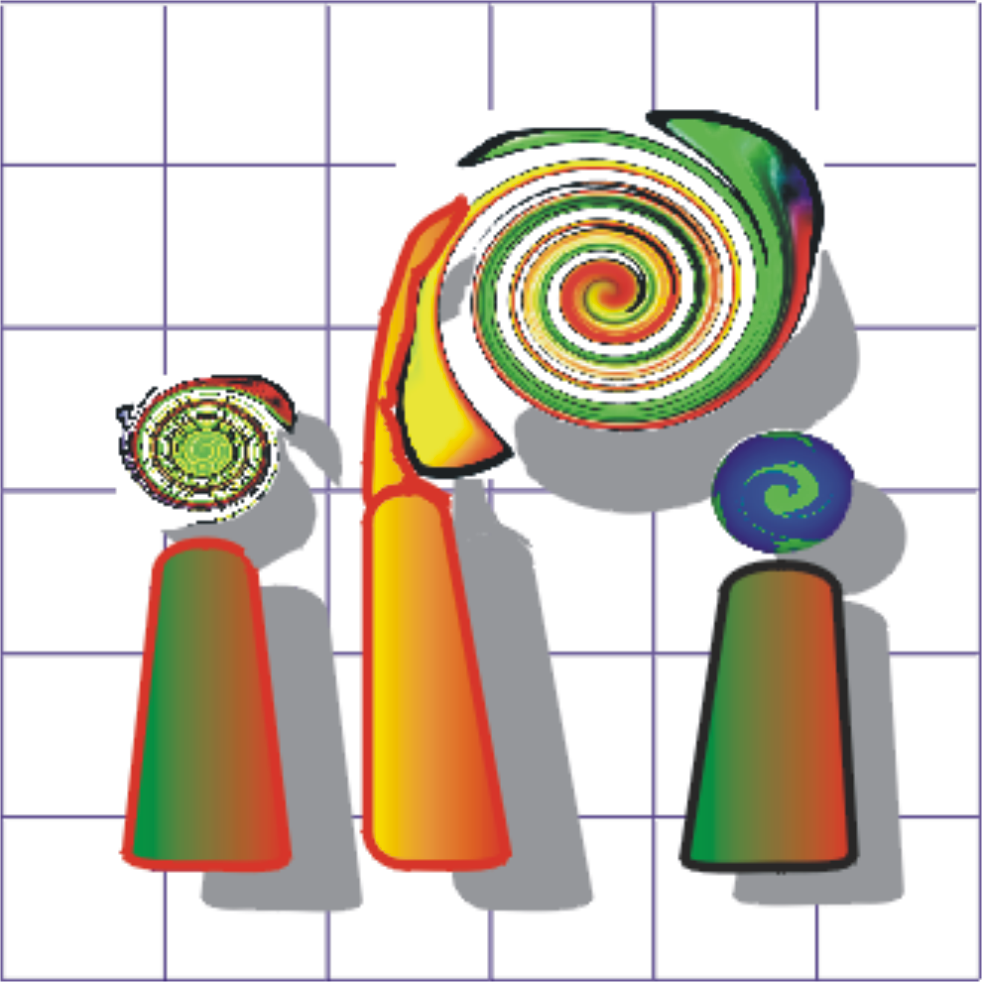Adaptation of 2D vector data and digital surface/terrain models within the framework of ATKIS® (2011)
| Team: | J. Göpfert |
| Year: | 2011 |
| Duration: | since 1/2009 |
| Is Finished: | yes |
Project partner:
- State Surveying Authority of Lower Saxony
- Land Survey Office of Schleswig-Holstein
- Institute of Cartography and Geoinformatics of the Leibniz Universität Hannover (ikg)
Motivation and goals
The Authoritative Topographic Cartographic Information System (ATKIS®) basically consists of the digital landscape model (DLM) and the digital terrain model (DTM). These two components are extensively used for applications with relation to the topography of the earth in different fields of administration, research and economy. On one side the DLM describes the objects of the earth’s surface using 2D vector data and additional attributes. On the other side the DTM is a continuous 2.5D representation of the same surface modeled by terrain points in a regular grid or triangulated irregular network (TIN).
A combined visualization and processing of the two-dimensional DLM-objects with the height information of the DTM is very useful concerning various applications. For this purpose an integration of the two data sets is essential. However, discrepancies exist between the DLM and the DTM due to different kinds of acquisition, processing, and modeling. This inconsistency has to be solved before or during the integration process. Picture 1 depicts the effects of an integration without considering the semantics of the objects or a mutual adaptation of the data sets. These discrepancies result in bodies of standing waters having physically impossible height variations or streets with invalid gradients.
The DTM contains the information related to the DLM-objects only implicitly. Therefore, features, for example edges or distinctive points, have to be extracted, which can be connected to DLM-objects to facilitate the integration process. Picture 2 visualizes points of a break line related to a road embankment which can realize the connection of the DTM and DLM. Furthermore, algorithms have to be analyzed that are able to use the implicit DTM information about the position of the DLM-objects for the matching of the data sets without the feature extraction step. Modeling the vector data as active contours enables the use of the DTM as external energy for an iterative process in order to guarantee the consistency of the two data sets.
| standing water bodies | street network |
 Picture 1: inconsistency during the integration process of DLM and DTM (Koch, 2005)
Picture 2: extracted break line points related to a roadway as a possibility to connect the DTM with DLM-Objects (Brzank, 2008)
| |



